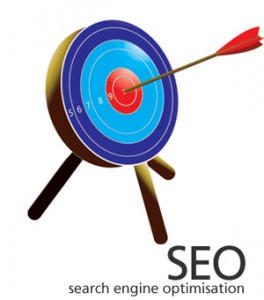Any website owner would do well to improve their Google Places Optimization in order to improve their rankings. The more search engine-friendly you make your website, the more likely it is that you will be ranked well in your site’s respective niche. Below, you will read a few quick Google Places Optimization methods that you should implement.
Quick Google Places Optimization Techniques
 quick Google Places Optimization tips listed – Anchor text is basically the words that you link. It’s important to use the right keywords for anchor text. Search engine spiders will put a lot more weight on links that are anchored with relevant keywords than links that are not.
quick Google Places Optimization tips listed – Anchor text is basically the words that you link. It’s important to use the right keywords for anchor text. Search engine spiders will put a lot more weight on links that are anchored with relevant keywords than links that are not.
When you post an image on your site, make sure that you get into the HTML in order to add the right tags and descriptions for your images. These tags will not show up on the actual image. They will instead be “hidden,” so to speak, within your HTML, viewable by bots.
A tag cloud is basically a mechanism with which you will post dozens of different keywords in a location that are relevant to a piece of content or your website. These clouds allow you to post a multitude of tags and thus increase the odds of better rankings.
Having links within your site that actually link to other pages of your site gives you a great opportunity to earn a higher ranking without having to put in a lot of work. Just make sure that your link structure is clean and organized.
Only cater to those most likely to visit your site or to contribute to your business. Stay focused primarily on your specific niche instead of trying to cater to larger audiences. Knowing your audience and developing content for them will keep them coming back.
The only way you’re going to keep people interested in coming back to your site is to keep your content updated. Stale sites lose their audiences and fall to the back pages of all search engines, so work to keep your site updated.
When you’re creating any type of personalized link or tag on your site, your natural inclination may be to use an underscore (i.e.: My_Site), but hyphens are what you want to use in this instance (i.e.: My-Site). Hyphens are read by bots, underscores are usually ignored.
Building a different directory is preferred over a different domain because a directory will keep all of your files and other site materials in a more streamlined package. Remember, it’s all about your Google Places Optimization here, so make it easier for bots.
Your permalinks need to be very bot-friendly when you create them. Remember to use hyphens. Also, use shorter words and try to avoid using numbers whenever possible. Keep your links relatively short as well.
A “nofollow” tag is a tag that will essentially tell a search engine algorithm not to follow it back to its source. This may come in handy if you’re allowing guest content on your site or for a variety of other reasons. Contrarily, a “dofollow” tag does just the opposite.
The quick Google Places Optimization tips listed above should help you to get a better ranking with your website. Be careful when implementing any Google Places Optimization tactics here, though. You don’t want to mess up your HTML or hurt your rankings.